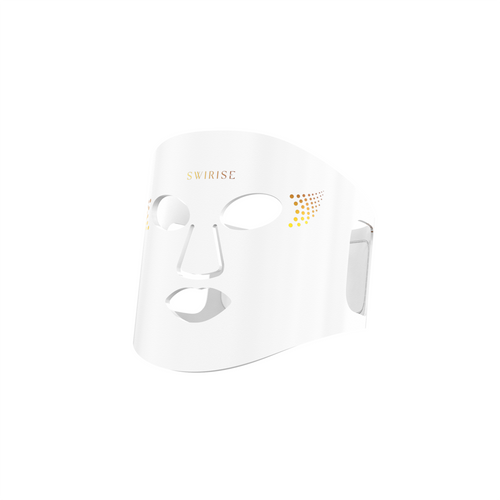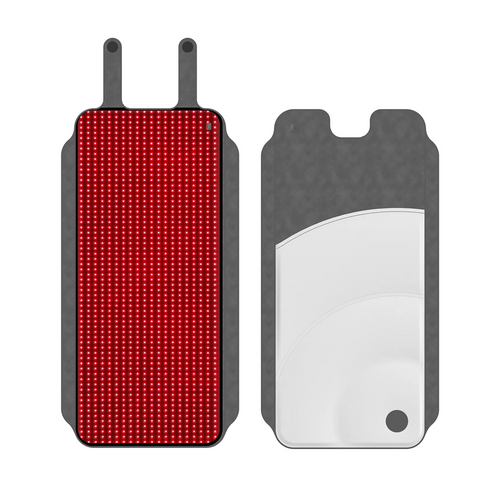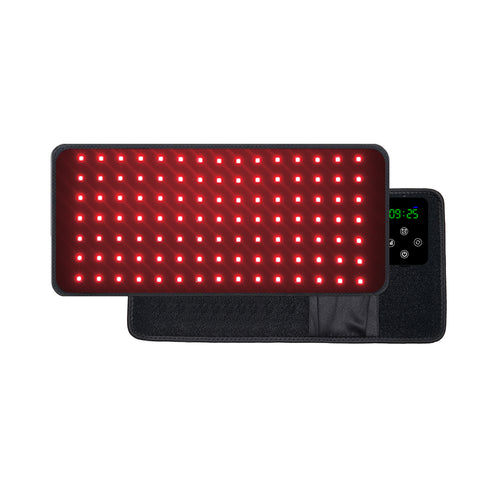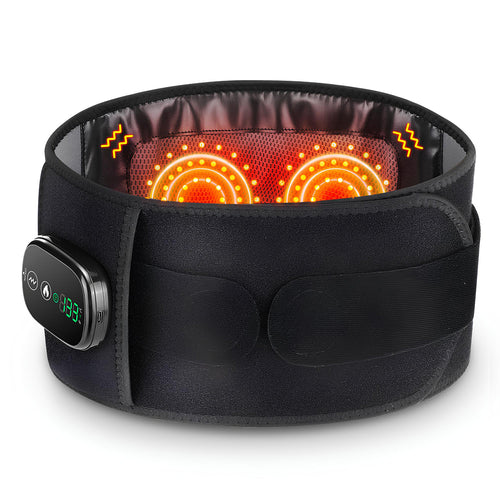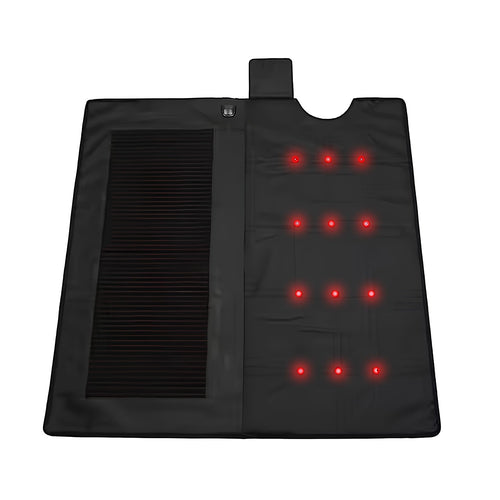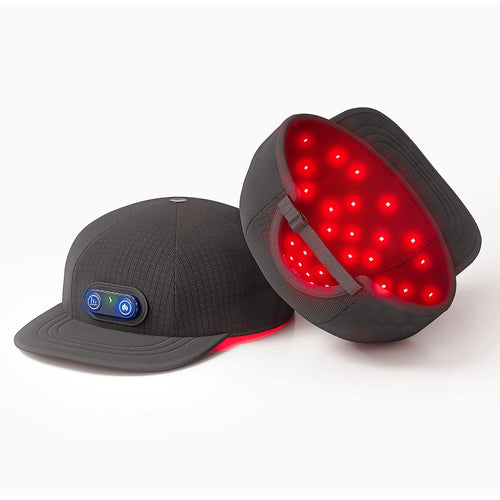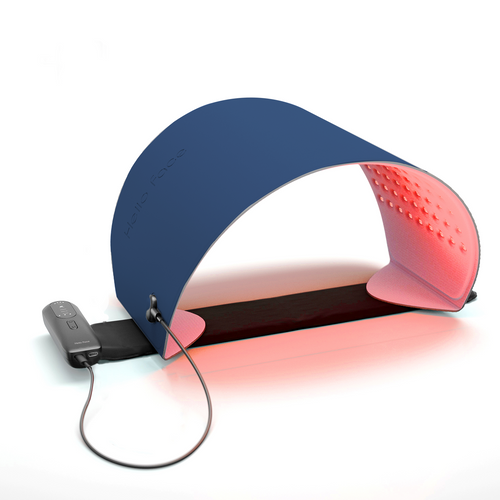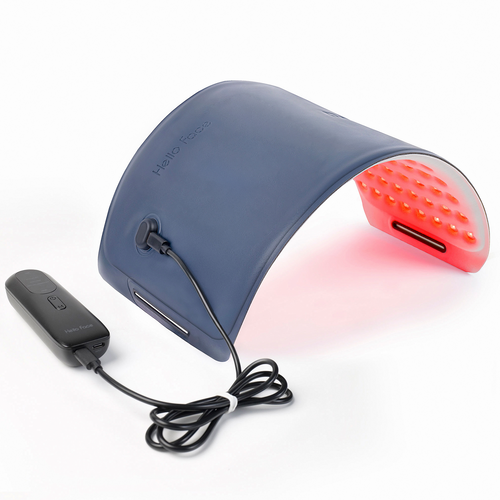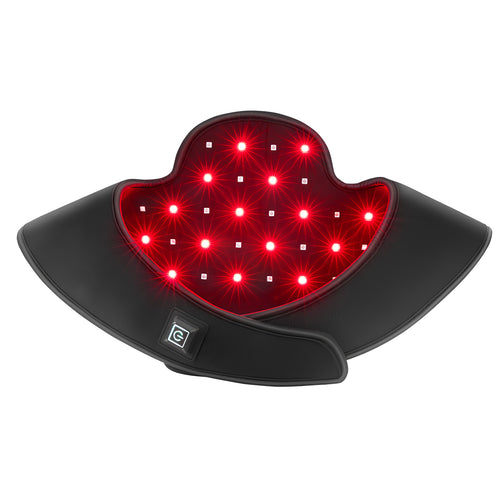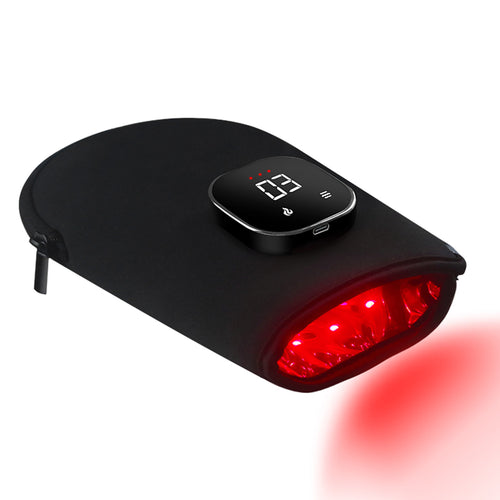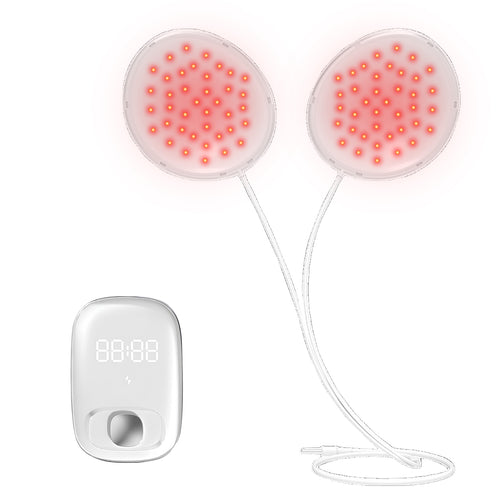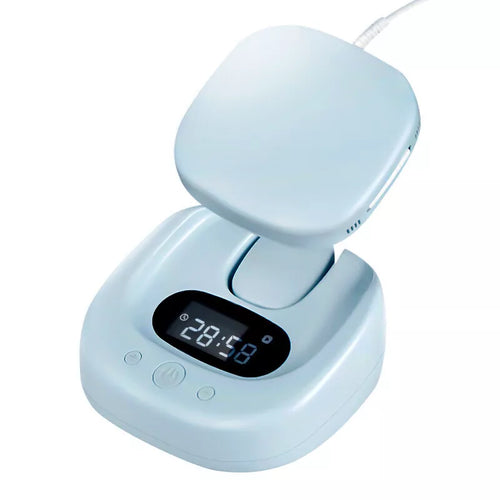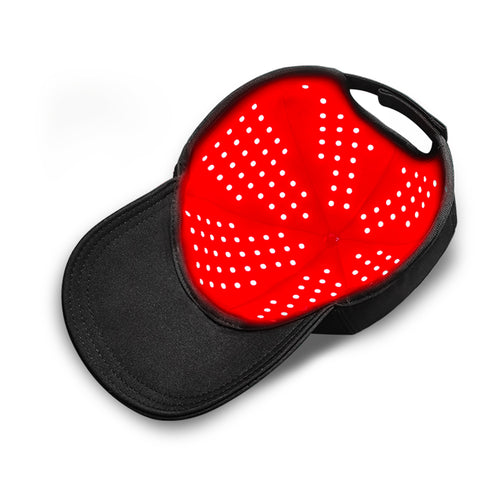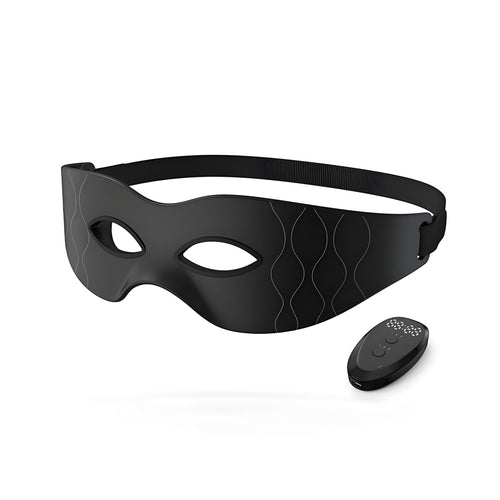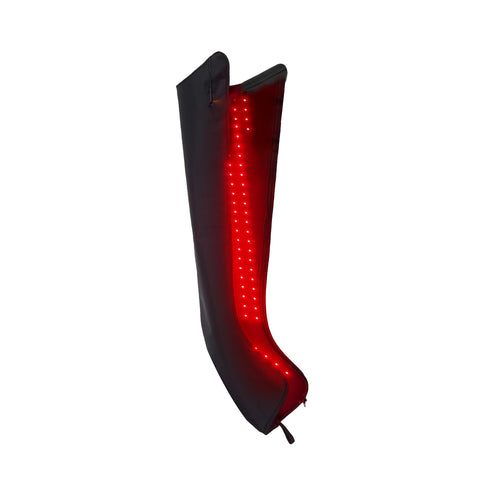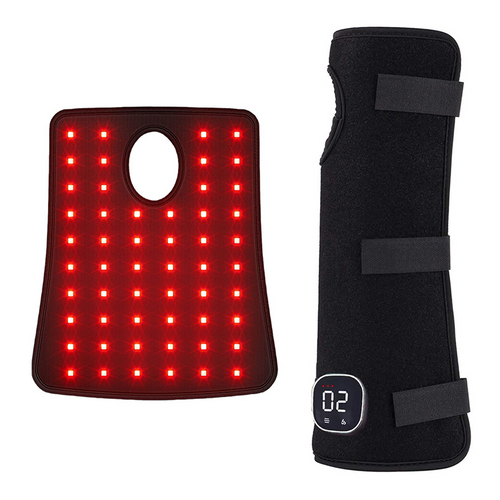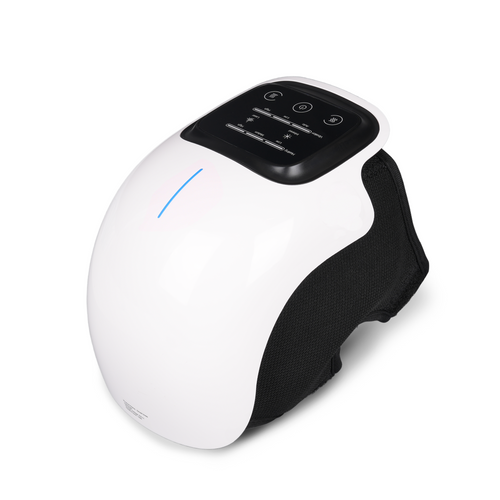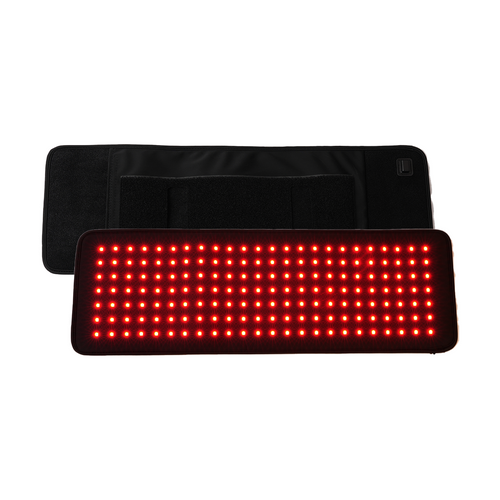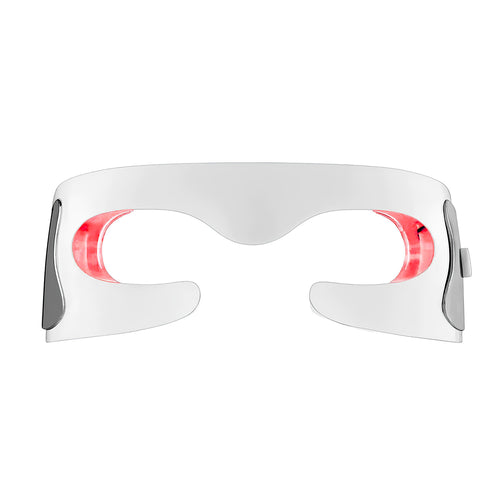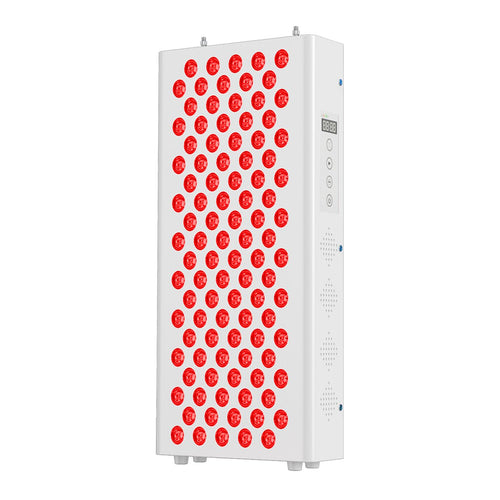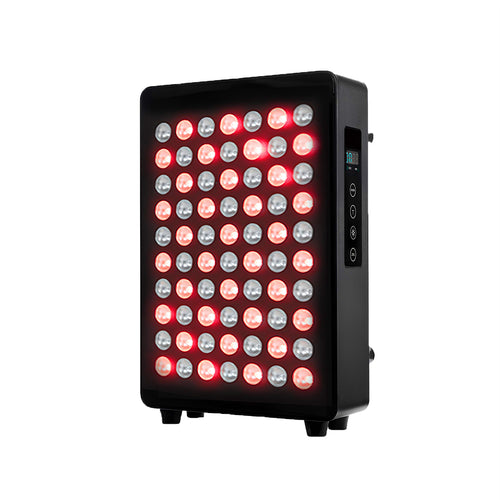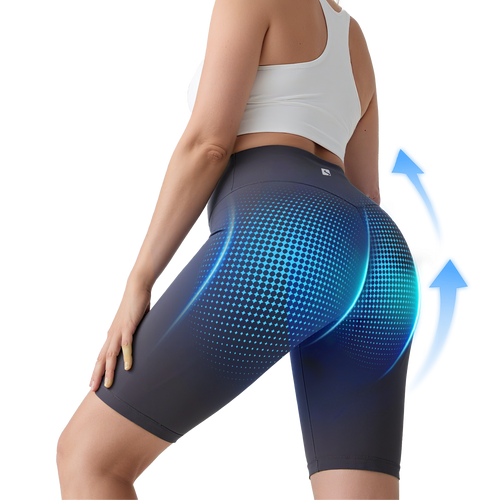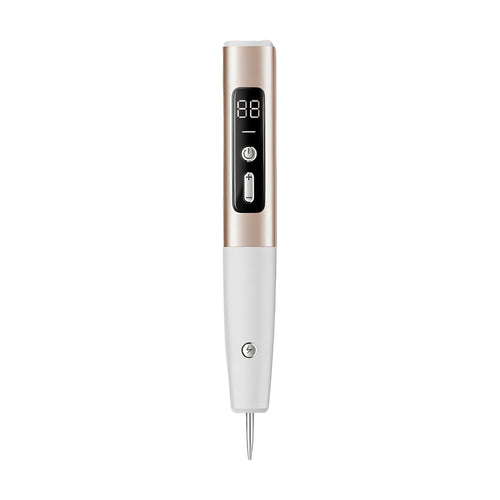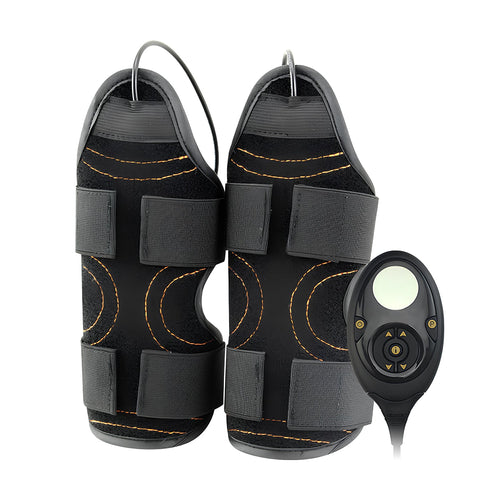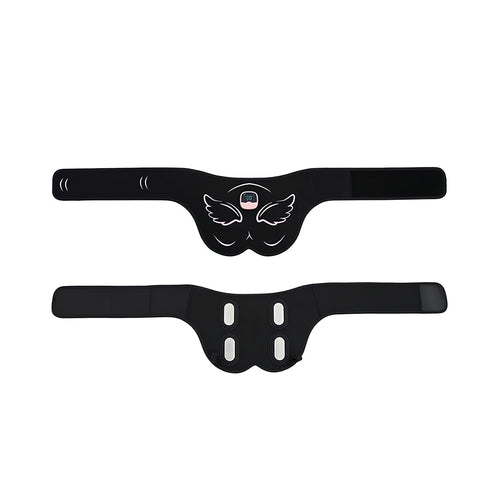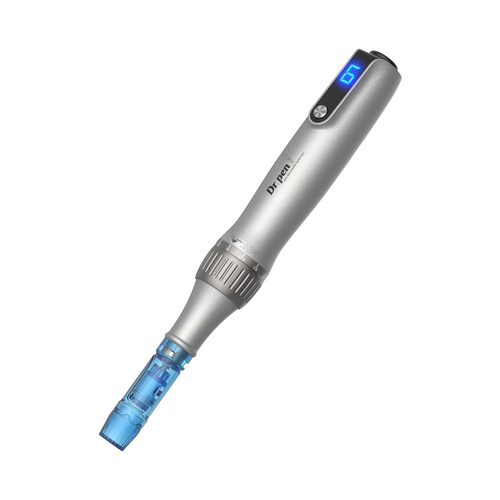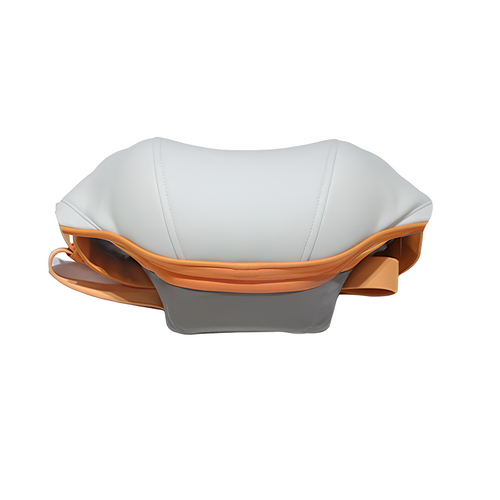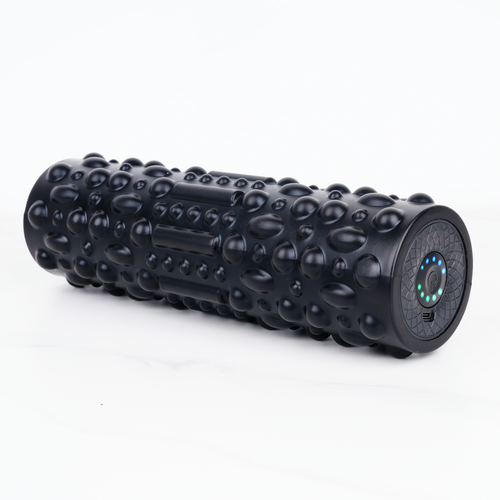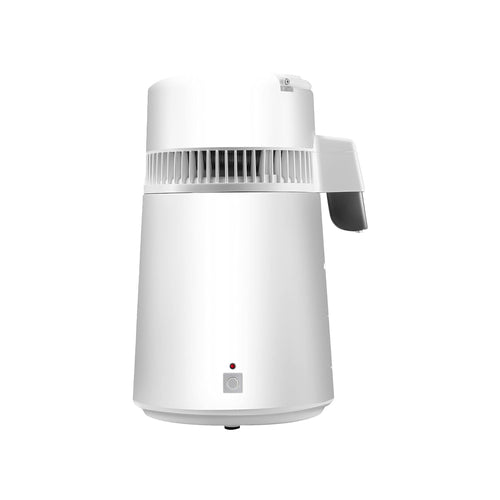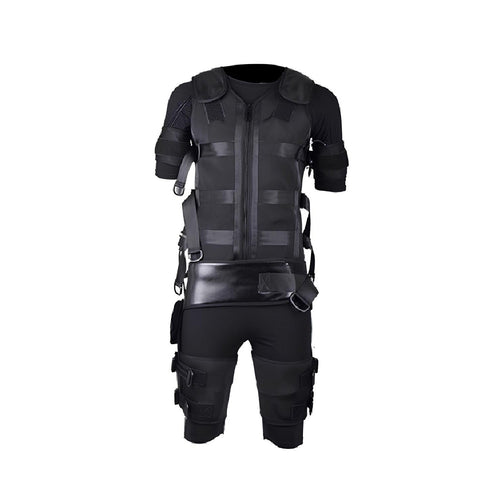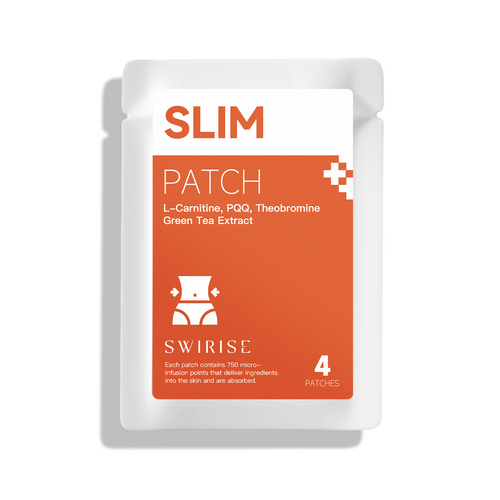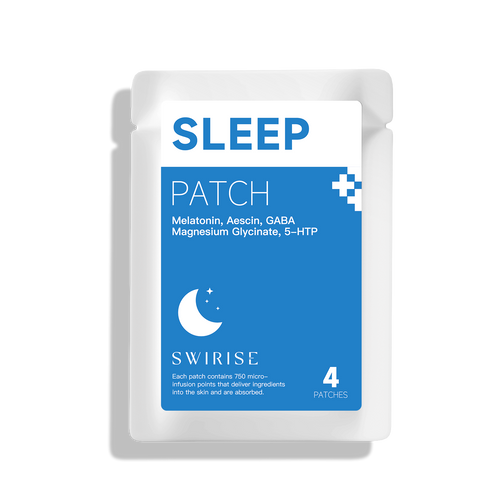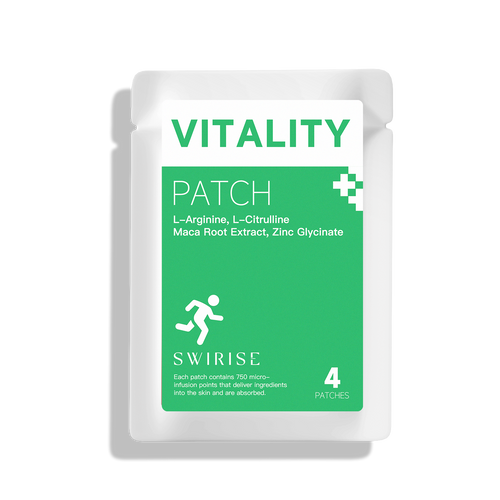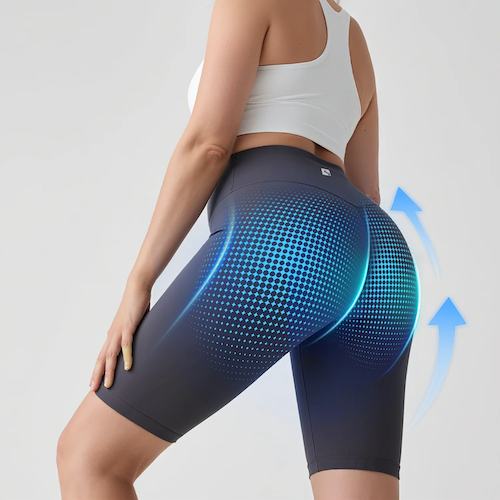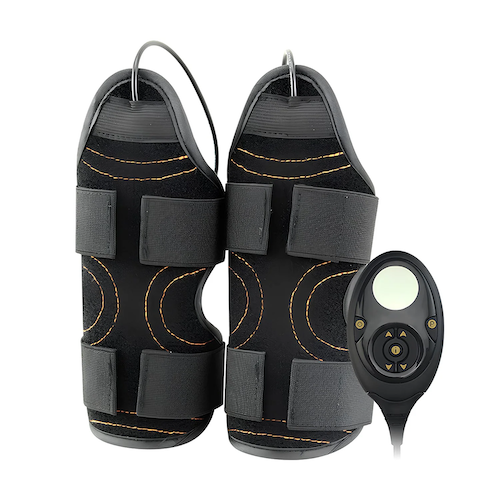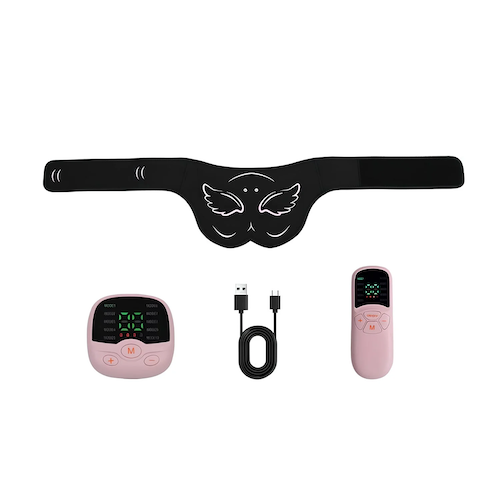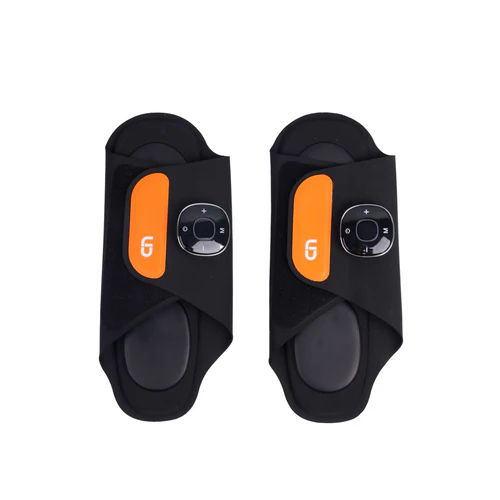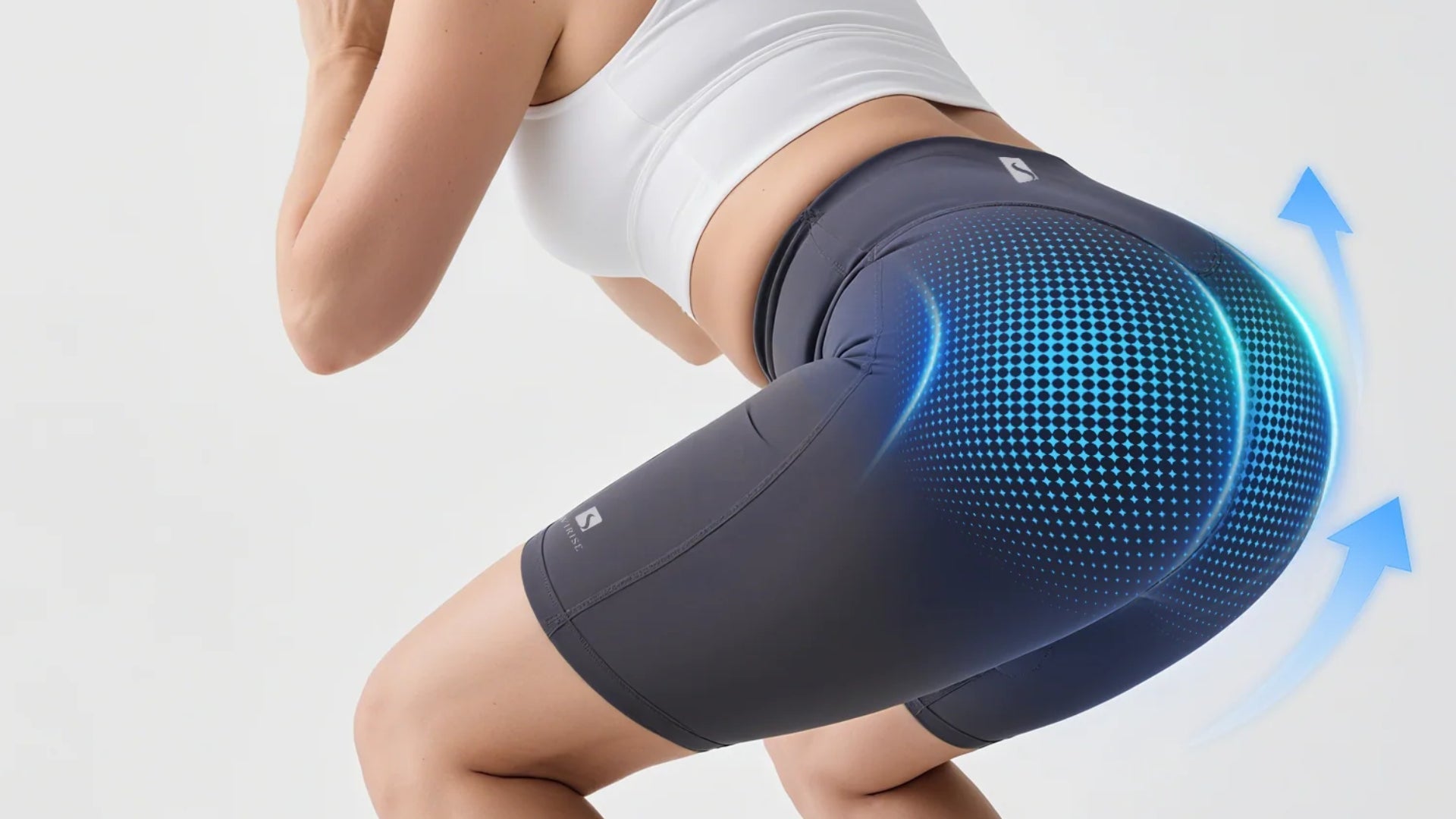
Benefits of EMS Training: From Recovery to Muscle Toning
JustinLinModern schedules force many people to choose between time and results. Electrical Muscle Stimulation (EMS) offers a technology-driven approach to increase muscle activation, assist recovery, and support rehabilitation—without replacing conventional training. This article focuses squarely on the core benefits of EMS, emphasizing the physiological mechanisms behind each advantage so readers can understand why EMS can be effective.
What is EMS?
EMS (Electrical Muscle Stimulation) delivers controlled electrical pulses through electrodes placed on the skin. These pulses depolarize motor neurons and induce muscle contractions independent of voluntary neural drive. EMS parameters—frequency, pulse width, intensity, and electrode placement—determine which motor units are recruited and whether the primary effect is circulatory, analgesic, or hypertrophic/strength-promoting.
Top Benefits of EMS Training
1. Accelerated muscle recovery.
Electrical stimulation can produce rhythmic, externally driven muscle contractions that act like an internal pump, increasing local blood flow and lymphatic return. That enhanced perfusion helps clear metabolic by-products associated with exercise-induced muscle damage and soreness, and systematic reviews of post-exercise recovery methods include electrostimulation among techniques that can reduce markers of DOMS and perceived fatigue in some settings.[1]
2. Enhanced muscle activation and motor-unit recruitment
EMS (also called NMES in clinical literature) bypasses normal voluntary recruitment order and can activate motor units — including higher-threshold or deeper units — that are less accessible during ordinary exercise. Systematic reviews and recent syntheses show that properly dosed electrical stimulation can increase neuromuscular drive and measurable activation, which explains why EMS often augments voluntary training effects in controlled studies.[2][3]
3. Support for hypertrophic and strength-related signaling
At sufficient intensity and with appropriate pulse parameters, repeated EMS-induced contractions generate mechanical tension and metabolic stress — the two canonical stimuli linked to muscle protein synthesis. Meta-analytic and trial evidence indicate EMS can contribute to strength and hypertrophy signals, particularly when used alongside progressive resistance training or whole-body EMS (WB-EMS) protocols in supervised settings.[2][5][6]
4. Analgesic effects and muscle relaxation
Specific transcutaneous electrical modalities (TENS and related low-intensity EMS protocols) modulate nociceptive pathways and can reduce perceived pain and muscle guarding in the short term. Large meta-analyses of transcutaneous electrical therapies report moderate-certainty evidence for immediate reductions in pain intensity versus placebo or standard care, though effects vary by parameter and condition.[4]
5. Improved local circulation and tissue perfusion
Repetitive electrically induced contractions increase regional arterial inflow and venous/lymphatic return, producing measurable improvements in microvascular perfusion and helping to reduce transient edema. This mechanical “pump” effect is one physiological route by which EMS supports recovery and tissue homeostasis after loading.[1][5]
6. Deep stabilizer and core muscle engagement
When electrodes are placed strategically and parameters are tuned for deeper recruitment, EMS preferentially engages stabilizing muscles (for example, transverse abdominis or multifidus) that are frequently under-activated during surface-level voluntary efforts. Activation studies and reviews report improved neuromuscular responses in these deeper fibers following targeted stimulation.[3][2]
7. Neuromuscular re-education and motor-control support
In clinical contexts, functional electrical stimulation and NMES provide consistent afferent and efferent patterns that help re-establish motor programs. Systematic reviews and meta-analyses in stroke and other rehabilitation populations show improvements in activities of daily living and task performance when NMES/FES is applied as part of comprehensive rehab — supporting EMS’s role in motor re-education.[7][3]
8. Adjunctive support for body-composition goals
While EMS is not a standalone “fat-loss” magic tool, pooled evidence from WB-EMS and combined EMS + resistance training trials shows modest, positive effects on lean mass and reductions in body fat versus controls. Those effects are most consistent when EMS is an adjunct to structured exercise and nutrition interventions rather than a replacement for them.[5][6]
9. Scalability and localized application
A practical advantage of electrical stimulation is its highly localizable delivery: electrodes and parameter settings let practitioners target specific muscles or asymmetries while avoiding the systemic fatigue that comes with whole-body heavy loading. This scalability is repeatedly noted in applied sport and rehab literature as a reason clinicians use EMS to address focal deficits.[3][2]
Conclusion
Electrical Muscle Stimulation isn’t a magic shortcut — but when used the right way, it can be a powerful ally. Whether your goal is to speed up recovery, wake up “hard-to-reach” muscles, or add an extra layer of intensity to your workouts, EMS gives you science-backed support. Think of it as a smart companion to your training, not a replacement. With the right device and consistent use, you’ll notice your body feeling stronger, recovering faster, and moving with more ease. If you’re curious to experience these benefits yourself, now is the perfect time to explore EMS solutions that fit your lifestyle.
Recommended EMS Devices to Try
If you’re ready to experience the benefits of EMS for yourself, here are some carefully selected devices from Swirise that bring science-backed muscle stimulation into your daily routine:
Swirise TENS and EMS Massager – $99
Why we like it: A versatile, affordable solution that combines TENS for pain relief and EMS for muscle conditioning — ideal for recovery, pain management, or everyday wellness on the go.
- Boosts muscle strength & vitality
- Relieves stiffness and discomfort
- Promotes blood circulation & relaxation
- Dual-zone design with 6 modes and 8 intensity levels for a customized massage
- Portable, lightweight, and comes with 3 pairs of electrode pads (multi-size)
Swirise EMS Toning Shorts – $299
Why we like it: A powerful, clinically backed wearable that helps you tone, shape, and strengthen your lower body — all in just 15 minutes a day.
- FDA-cleared EMS technology for glute lift, thigh sculpting, and pelvic floor strengthening
- Lightweight, soft fabric; no gels or extras needed
- Programs for glutes, thighs, and pelvic floor in one wearable short
Swirise Arm Shaper Machine – $129
Why we like it: A great choice for sculpting arms and enhancing definition, while also relieving fatigue after workouts.
- Targets arm muscles for deeper contractions and faster toning
- Improves workout results with stronger activation and faster recovery
- Helps contour arms and legs with visible definition
- Compact and portable, perfect for home or travel use
Swirise Wearable Butt Lifting Device – $99
Why we like it: Designed for anyone who wants to lift, firm, and strengthen the glutes effortlessly — a discreet companion for everyday toning.
- Focused EMS for glute activation, lift, and firmness
- 10 modes and 30 intensity levels to suit your comfort and goals
- Enhances endurance, firmness, and overall shape
- Lightweight and portable — easy to integrate into daily routines
Swirise EMS Foot Massage Shoes – $169
Why we like it: Perfect for full-body wellness starting from the feet — combines comfort, recovery, and relaxation in a practical wearable.
- Gentle EMS stimulation boosts foot circulation and eases tension
- Relieves soreness after long days of standing or walking
- Improves sleep quality and daily energy levels
- Remote-controlled, easy-to-clean, and comfortable for daily use
Bibliography
[1] An evidence-based approach for choosing post-exercise recovery techniques to reduce markers of muscle damage, soreness, fatigue, and inflammation: A systematic review with meta-analysis.
Dupuy, O., Douzi, W., Theurot, D., Bosquet, L., & Dugué, B. (2018).
Frontiers in Physiology, 9, Article 403.
[2] Electrical stimulation and muscle strength gains in healthy adults: A systematic review.
Mukherjee, S., Fok, J. R., & van Mechelen, W. (2023).
Journal of Strength and Conditioning Research, 37(4), 938–950.
[3] Resistance exercise, electrical muscle stimulation, and whole-body vibration in older adults: Systematic review and meta-analysis of randomized controlled trials.
Šarabon, N., Kozinc, Ž., Löfler, S., & Hofer, C. (2020).
Journal of Clinical Medicine, 9(9), 2902.
[4] Efficacy and safety of transcutaneous electrical nerve stimulation (TENS) for acute and chronic pain in adults: A systematic review and meta-analysis of 381 studies (the meta-TENS study).
Johnson, M. I., Paley, C. A., Jones, G., Mulvey, M. R., & Wittkopf, P. G. (2022).
BMJ Open, 12(2), e051073.
[5] The effects of whole-body muscle stimulation on body composition and strength parameters: A PRISMA systematic review and meta-analysis.
Rodrigues-Santana, L., Louro, H., Pérez-Gómez, J., Hernández-Mocholí, M. A., Carlos-Vivas, J., Saldaña-Cortés, P., Contreras-Barraza, N., & Adsuar, J. C. (2023).
Medicine (Baltimore), 102(8), e32668.
[6] Effect of 8-week frequency-specific electrical muscle stimulation combined with resistance exercise training on muscle mass, strength, and body composition in men and women: A feasibility and safety study.
Lee, M. C., Ho, C. S., Hsu, Y. J., Wu, M. F., & Huang, C. C. (2023).
PeerJ, 11, e16303.
[7] Neuromuscular electrical stimulation improves activities of daily living post stroke: A systematic review and meta-analysis.
Kristensen, M. G. H., Busk, H., & Wienecke, T. (2021).
Archives of Rehabilitation Research and Clinical Translation, 4, 100167.

